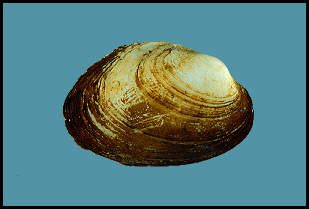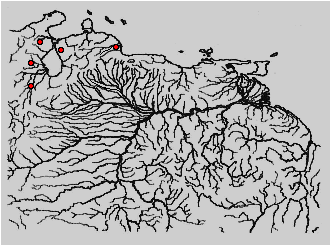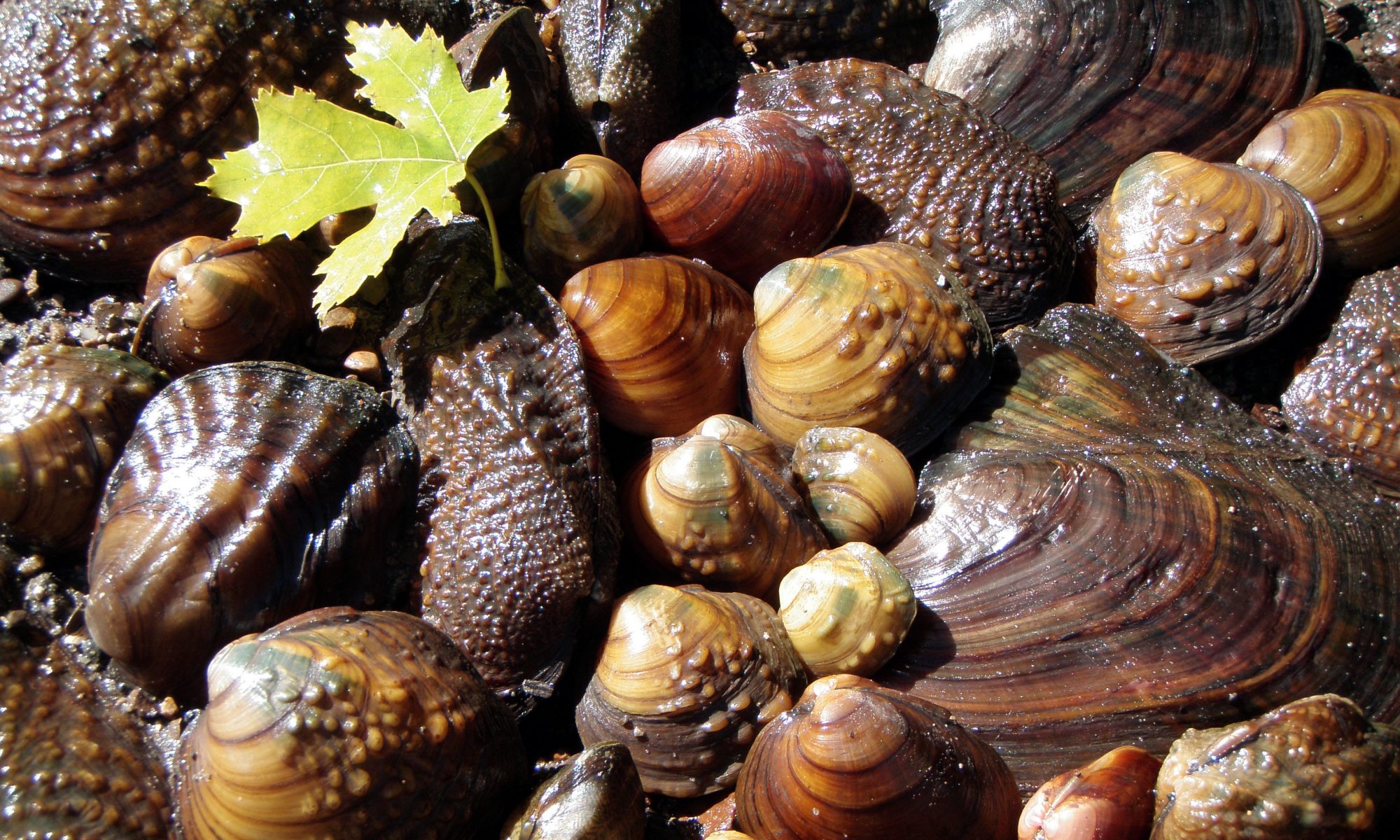H.B. Baker, 1930


Original Description: Anodontites aroanus Baker, H.B. 1930. The Mollusca collected by the University of Michigan-Williamson Expedition in Venezuela. VI. Occasional Papers of the Museum of Zoology, University of Michigan. No. 210. 1-81 + 7 plates.
Type Locality: Caño Minapam, a tributary of Rio Aroa near Palma Sola, Yaracuy, Venezuela. (A 10° 38′, 68° 31′ see Baker 1930 p. 77).
Holotype: UMMZ 112621 not UMMZ 112619 as listed by Johnson (1979:30). The holotype and paratypes of this species were catalogued under the wrong name (Anodontities infossus H.B. Baker, 1930).
Synonymy:
- Anodontites (Anodontities ) trigonus trigonus (Spix, 1827) (in part)
- Haas 1969:560.
Description: “Shell long ovate, subsolid and slightly convex; lower border of escutcheon just visible. Outlines: dorsal margin distinctly arched; ventral convex; anterior end narrowly rounded; posterior much higher and obliquely truncate down to high posterior point. Beaks: near end of anterior quarter; small moderately full and slightly elevated. Exterior: epidermis dull silver at beaks but shading rapidly through light olive-green into brownish-olive (old shells, including type, stained chestnut-brown or darker); sculpture much as in A. tortilis (i.e., with distinctly festooned wrinkles); growth lines quite heavy throughout and distinctly corrugating posterior slope. Interior: nacre thicker than in A. infossus and more highly iridescent; with very close radial striations; anterior adductor scar distinctly impressed; posterior one less so; pallial line distinct; sinulus quite shallow; prismatic border fairly broad. Hinge: rather solid and well arched; shorter than in A. infossus; ligament quite long and almost completely immersed; lunule very narrow and indistinct.
The almost completely hidden ligament of this species evidently places it in Simpson’s (1914, p. 1423) group of A. inaequivalvis (Lea), and in fact, it resembles the Central American species more than it does the Columbian A. trautwinianus (Lea). A. aroanusseems closest to A. pitteri Marshall, but is plainly a more elongate shell, with its beaks nearer the anterior end, and has a narrower prismatic border.” (Baker, 1930:69-70).
Specimens Examined: UMMZ 112621 (Holotype). Caño Minapam, Palma Sola, [Yaracuy], Venezuela, [4- 10 March]. H.B. Baker. UMMZ 112622 (1). Caño Minapam, Palma Sola, [Yaracuy], Venezuela, [4- 10 March]. H.B. Baker. UMMZ 48006 (1). Caño Minapam, Palma Sola, [Yaracuy], Venezuela, [4- 10 March]. H.B. Baker. USNM 536111 (1). Lago Tulé, about 5 km from Rio Socuy, 75 km W of Maracaibo, Zulia, Venezuela. 1 March 1942. L.P. Schultz. FMNH 30943 (1). near El Consejo, Zulia, Venezuela. pre-1949. R. Wright Barker. UMMZ 112395 (1). El Caño Fraile, [near] El Guayabo, [valley of Rio Zulia], [Zulia], Venezuela. [24 April]. H.B. Baker. FMNH 30944 (1). Rio Santa Rosa, near Perija, Zulia, Venezuela. pre-1940. R. Wright Barker.

